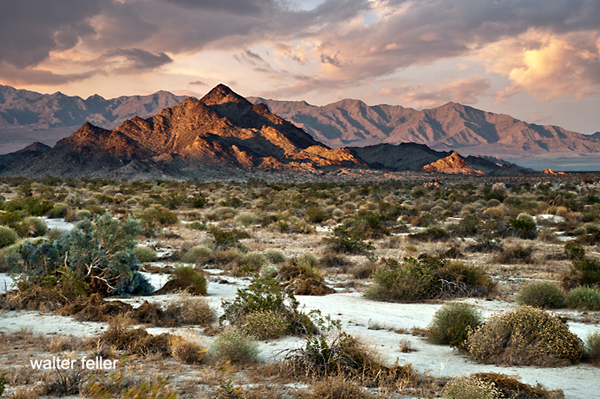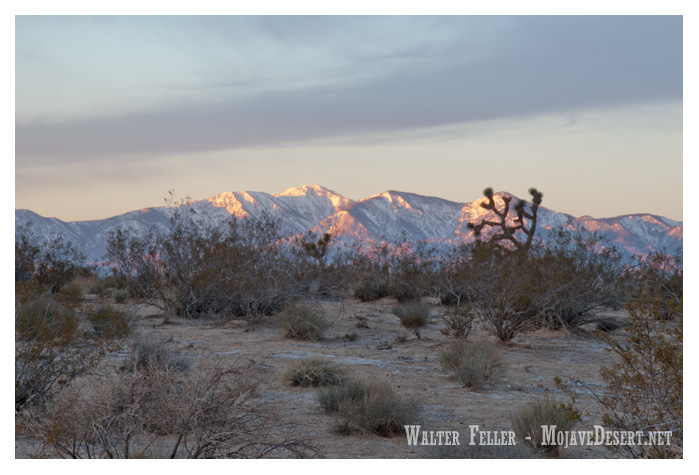https://digital-desert.com/wall-street-mill

Wonderland Ranch, also known as the Wall Street Mill area, is a historic site within Joshua Tree National Park. This area offers a glimpse into the region’s mining history and transformation into a national park. Here are some key points about its history:
- Early History: Before becoming part of Joshua Tree National Park, the area was used by Native American tribes such as the Serrano, the Chemehuevi, and the Cahuilla. The region’s resources were utilized for their livelihoods.
- Mining Era: The Wonderland Ranch area became significant during the California gold rush era. Bill Keys, a prominent local figure, owned and operated the Wall Street Mill, one of the area’s best-preserved mills. The mill was primarily used for crushing gold ore, which was essential in gold extraction processes.
- Bill Keys: A notable historical figure in the Joshua Tree area, Bill Keys played a pivotal role in local mining and community life. He was known for his resourcefulness and for being a central figure in the community’s development. Keys also had disputes with his neighbor, Worth Bagley, which led to a fatal shootout, adding a notorious chapter to the area’s history.
- Conservation and National Park: Joshua Tree’s ecological and geological significance led to its designation as a national monument in 1936 under President Franklin D. Roosevelt. Later, it was elevated to national park status in 1994. This change helped preserve the natural and historical resources, including the remnants of the Wonderland Ranch.
Today, visitors to Joshua Tree National Park can explore the historic sites around Wonderland Ranch, including the remains of the Wall Street Mill, old mining equipment, and the rustic landscapes that tell the stories of a bygone era of ambitious miners and rugged desert life.

